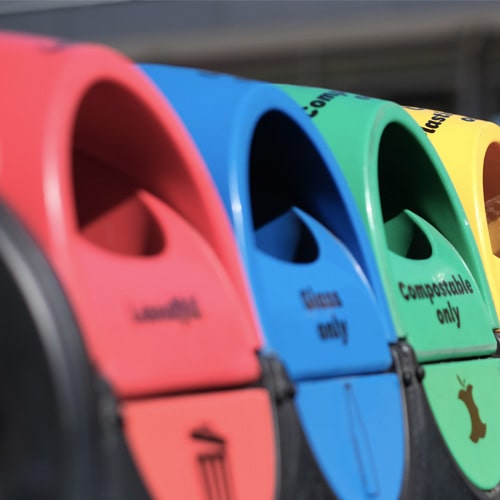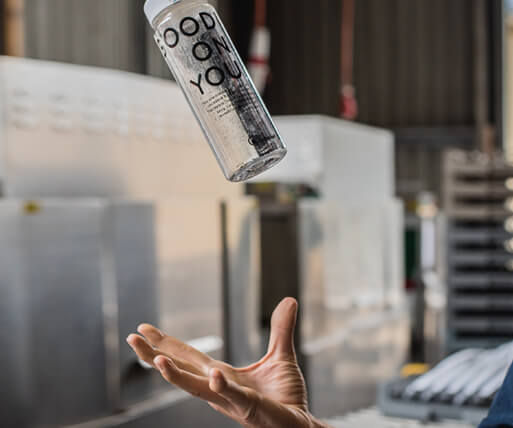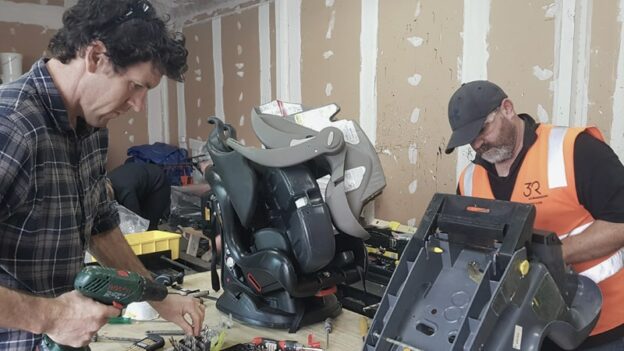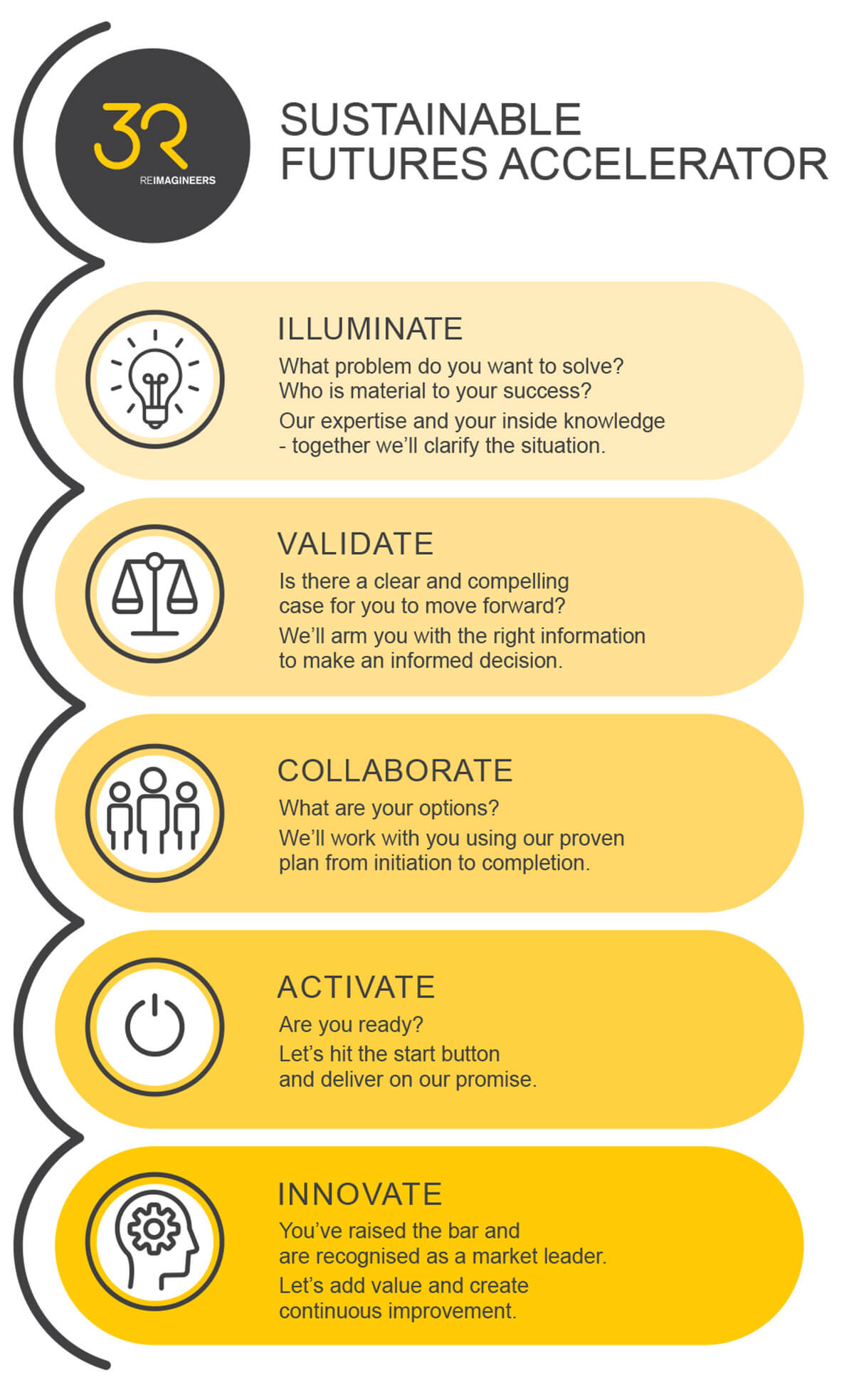Dismantle a child car seat – how hard can it be?
The day ended with defeat. No screwdriver, hammer, saw or even angle grinder could help us dismantle the final part of this child car seat for recycling.
What its function was exactly I couldn’t tell you – only that it seemed to take batteries. Maybe it was intended to lull its occupant to sleep with soothing sounds or vibrations.
It wasn’t the only challenge I faced alongside my 3R Group colleagues as we pulled seats apart so the plastic, metal and straps could be recycled.
The seats come from SeatSmart, 3R’s recycling programme for child car seats, which aims to tackle the issue of some 100,000 seats going to landfill each year. Having created the SeatSmart programme, we know seats are challenging to dismantle, but a backlog of seats following lockdown and a new workshop setup out back of our Hastings office was sufficient impetus to get more of the team on the tools to gain firsthand experience of just what the issues are.
Having worked closely with social enterprise and Department of Corrections who usually dismantle the seats, I knew it wasn’t a simple task, but there’s nothing like doing it yourself to drive home just how frustrating, though also satisfying, it can be.
Multiple brands and many different seat models mean almost no two seats on the dismantling table are alike. Brand A may use rivets, while Brand B uses screws and Brand C uses a combination, or some other fastener which requires a specialist tool (or grinder) to undo.
Parts are held in place by thick, strong molded plastic or buried so deep in a narrow cavity no tool can reach them. Each seat you haul up on the workbench presents a new challenge to overcome – it’s certainly not boring work.
When a seat yields to the tools, it’s a satisfying feeling. Until you realise you’ve got one of the many pieces that have no plastic identifiers and, after all that effort, this piece is going in the bin. Luckily, that’s under 20 precent of the materials. But there are audible groans of frustration from the crew as we note the meticulously molded branding and various markings, some purely decorative, but alas no resin code. If only they were marked, we would likely lift our recovery rate from a creditable 70% to the satisfying heights of nearly 90%.
Now don’t get me wrong, I understand that a child car seat is designed to withstand incredible forces and if I have to choose between safety and recyclability for my child’s car seat, well you can guess what I’m going to pick. But wouldn’t it be nice if it wasn’t a choice? If car seats were designed for end of life, as well as for saving lives?
And this is where product stewardship really comes into its own – when a manufacturer has skin in the game, there’s motivation to ensure materials are adequately marked; to design for dismantling; to consider repair, reuse and recycling.
So, this is my plea to all product manufacturers everywhere – when you’re bringing a new product to life, please also consider how it will end its life.
Even better, join or create a stewardship scheme for your products where these issues can be brought to light and resolved.
Toni Bye is the SeatSmart Programme Manager
Connect with Toni on LinkedIn







